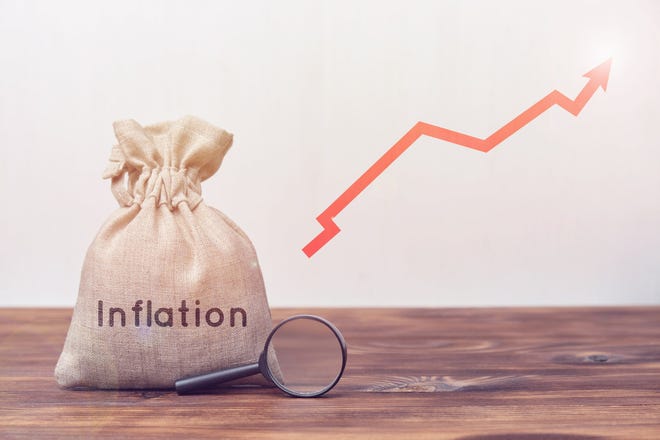One worrisome sign: Core consumer prices, which exclude volatile food and energy items, increased 0.6% from the previous month, more sharply than expected. The annual rise eased to 6.2% from a four-decade high of 6.5% in March.
“The falls in headline and core inflation in April should mark the beginning of a sustained decline,” economist Andrew Hunter of Capital Economics wrote in a note to clients, but the monthly rise in core prices “indicates that underlying inflation pressures are stronger than we had expected.”

